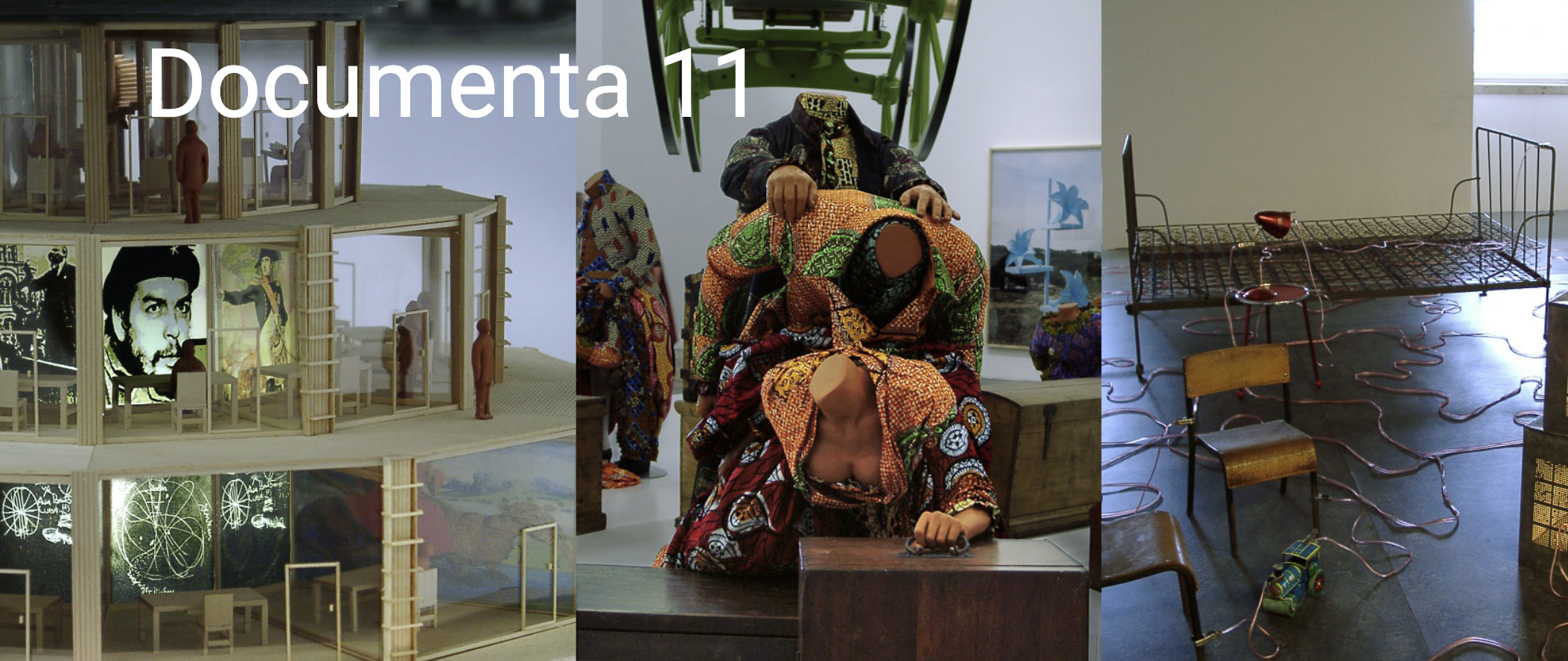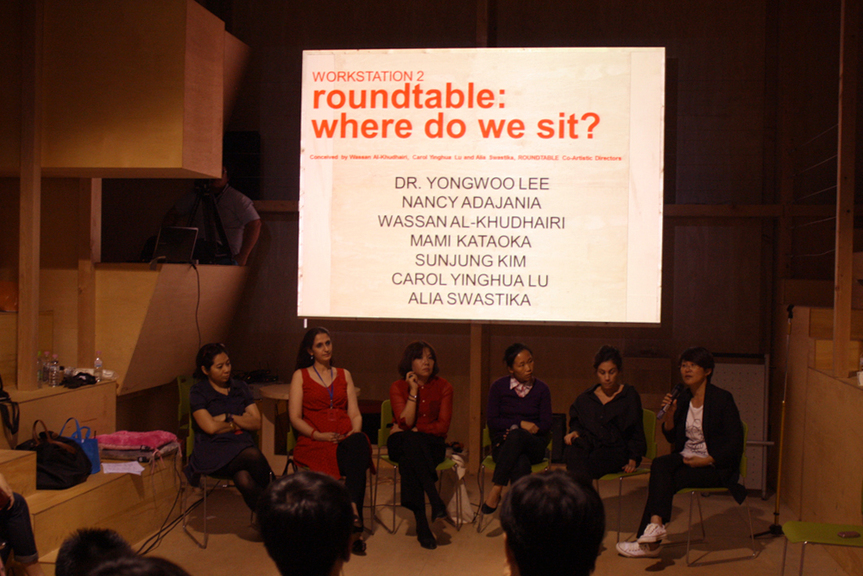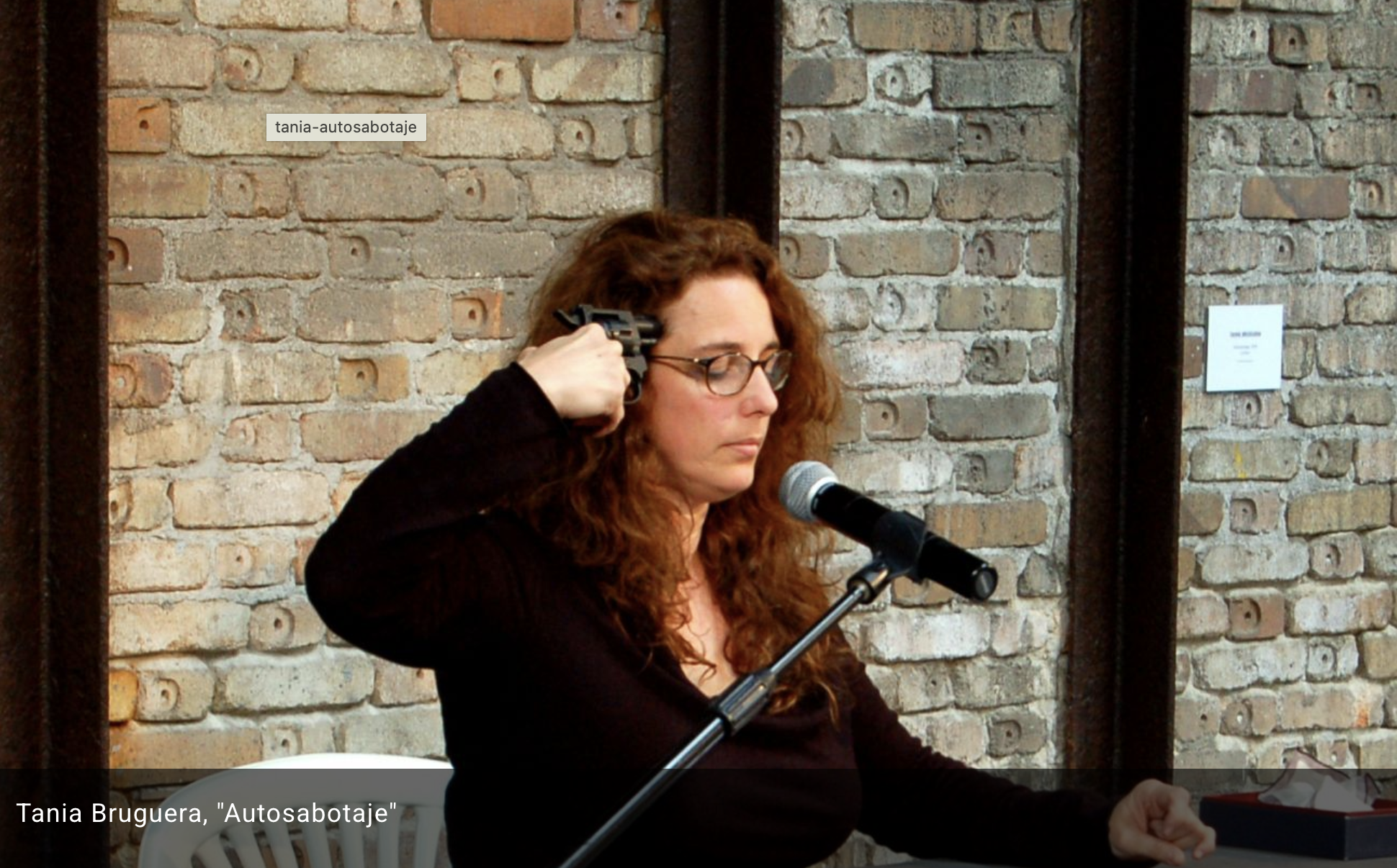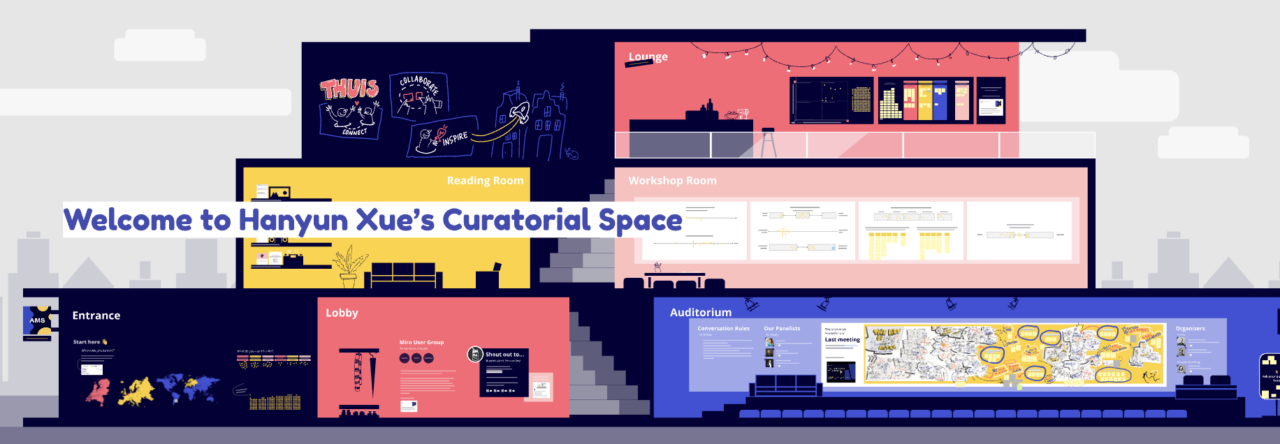Curatorial Narrative: From Top-down Authority to Distributed Dialogue
When I first imagined Fluid Curating, I wasn’t interested in simply organizing an exhibition. I wanted to challenge something deeper: the invisible lines of power that often define who gets to choose, explain, and validate meaning in art. Traditional curating—though rich in historical methods—often centers on a single authoritative voice. What if we reimagine this voice as a chorus? What if meaning could emerge from conversation rather than instruction?
My project stems from this desire to shift away from the curator as sovereign. I was inspired by early discussions in Week 1 and Week 2 around institutions, platforms, and authorship, and began asking: who really holds curatorial power, and who gets to speak? These reflections led me to decentralisation, not as a purely technical gesture, but as a curatorial attitude—one that opens space, redistributes authorship, and invites collective meaning-making.
This shift isn’t just conceptual. It has emotional and ethical stakes. My vision for Fluid Curating is built around co-creation: an ecosystem where artists, audiences, and curators share responsibility for shaping not only the content of the exhibition, but its rhythm, its routes, and its interpretation.
Curatorial Questions Driving the Exhibition
- Can meaning be co-authored rather than delivered?
- What happens when audiences don’t just observe, but write, vote, and narrate?
- If we design for decentralisation, does power truly move—or just appear to?
These questions echo many discussed in our course, especially those explored during Week 4 (Curatorial Ethics), Week 9 (Publishing as Curating), and Week 10 (Publics and Participation). They continue to guide my decisions—from spatial design to media choice, from participation structure to the ethics of attribution.
What Fluid Curating Means in Practice
Fluid Curating is not only a name, but a structure—one that puts decentralisation into curatorial action. It proposes an exhibition framework that cannot be completed without the audience. It is not “for” them, but “with” them.
The space is designed as a rhizomatic grid rather than a linear pathway, enabling visitors to navigate freely, remap meaning, and even rename spaces using coloured tape trails. The artworks—primarily participatory installations by CAP artists and invited collaborators—remain open-ended until activated by audience interaction. Visitors become necessary co-authors in bringing the work to life.
Interpretation is equally decentralised. Audiences can scan a QR code to access a shared platform (via Woolclap) where they co-write curatorial texts, share voice notes, and reflect in real time. These contributions are updated and projected daily, forming a “living wall of meaning” that evolves with each visitor’s presence.
Display arrangements are not fixed. Every three days, works are reconfigured based on audience feedback, voting, and engagement metrics. Exhibition design becomes fluid—data-driven but people-responsive.
After the show, audience-created content will be compiled into a collectively-authored Zine, capturing curatorial texts, sound fragments, and reflections. A summary market report will also be generated to visualize interaction heatmaps, keyword clusters, and value perception trends—offering emerging artists and institutions new insights into participatory demand.
This is not a spectacle of participation—it is an invitation to redefine curating itself.
Case Studies: Inspirations That Changed My Curatorial Lens
Several exhibitions and curatorial models became reference points:
-
Documenta 11’s “Platforms” (2002) replaced one curatorial voice with many.

-
Gwangju Biennale’s “Roundtable Curating” model reimagined curation as circular and collective.

-
Manifesta 6 and its offshoots like Night School transformed exhibition into experimental schools.
-
Copenhagen Free University and Tania Bruguera’s Arte de Conducta redefined artists as curators of knowledge and experience.

Together, these cases helped me see how fluid, participatory, and educational models decentralise curatorial control and share authorship with artists and publics.
Soft Reflection: From Concept to Commitment
Rather than offering a separate reflection section, I believe my project’s material and structural changes speak for themselves. Through studio visits with CAP artists, peer review exchanges, and in-class provocations, I came to see co-creation not as a supplement to curating, but as its generative core.
The move away from speculative technologies (NFTs, blockchain, AI) toward something more grounded—student-led, low-cost, audience-responsive—wasn’t a compromise. It was a choice. A choice to center experience over infrastructure, participation over programming.
As Rancière reminds us in The Emancipated Spectator, the act of seeing is never passive—it is interpretative, active, and political. Fluid Curating doesn’t just accept this—it designs for it.
Citations
-
Jeffery, Celina. The Artist as Curator. Bristol: Intellect, 2016.
-
Macdonald, Sarah. Exhibition Experiments. Edinburgh: Edinburgh University Press, 2007.
-
Martinon, Jean-Paul. The Curatorial: A Philosophy of Curating. London: Bloomsbury Academic, 2013.
-
O’Neill, Paul, and Mick Wilson. Curating and the Educational Turn. London: Open Editions, 2010.
-
Smith, Terry. Thinking Contemporary Curating. New York: Independent Curators International (ICI), 2012.
